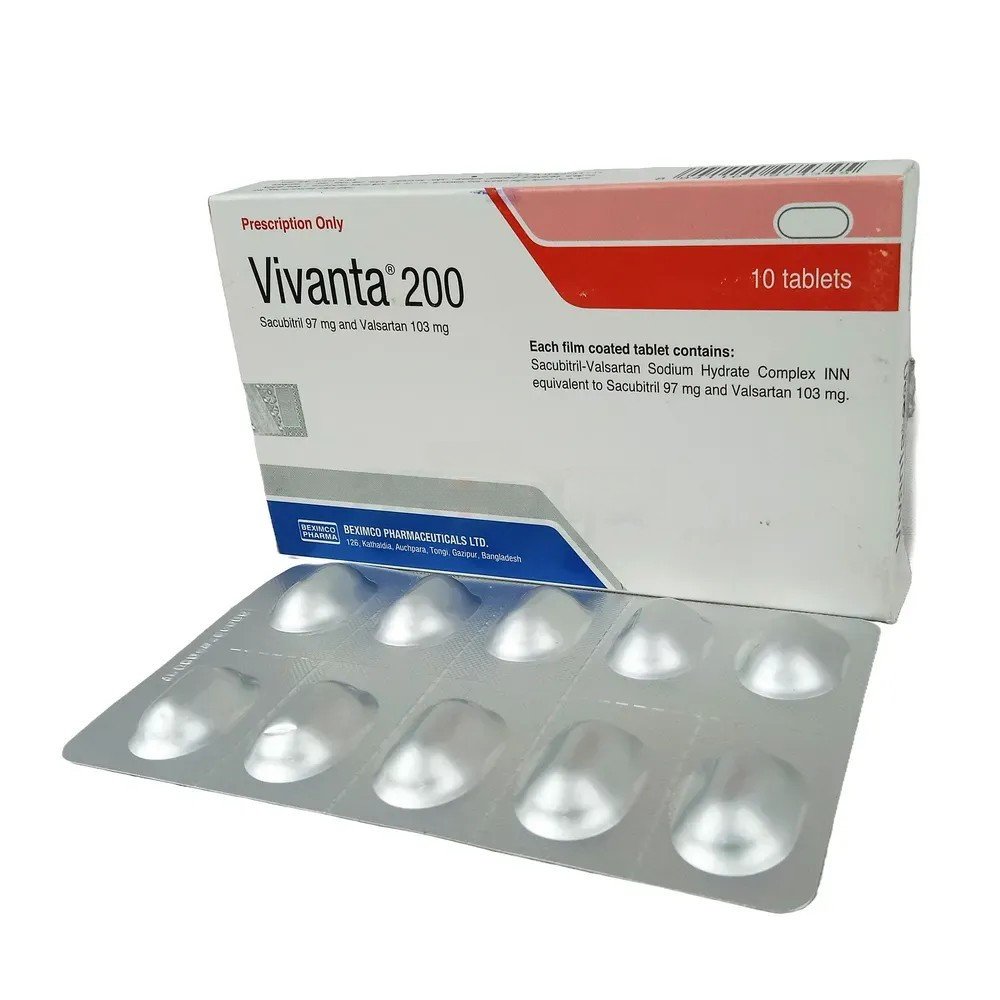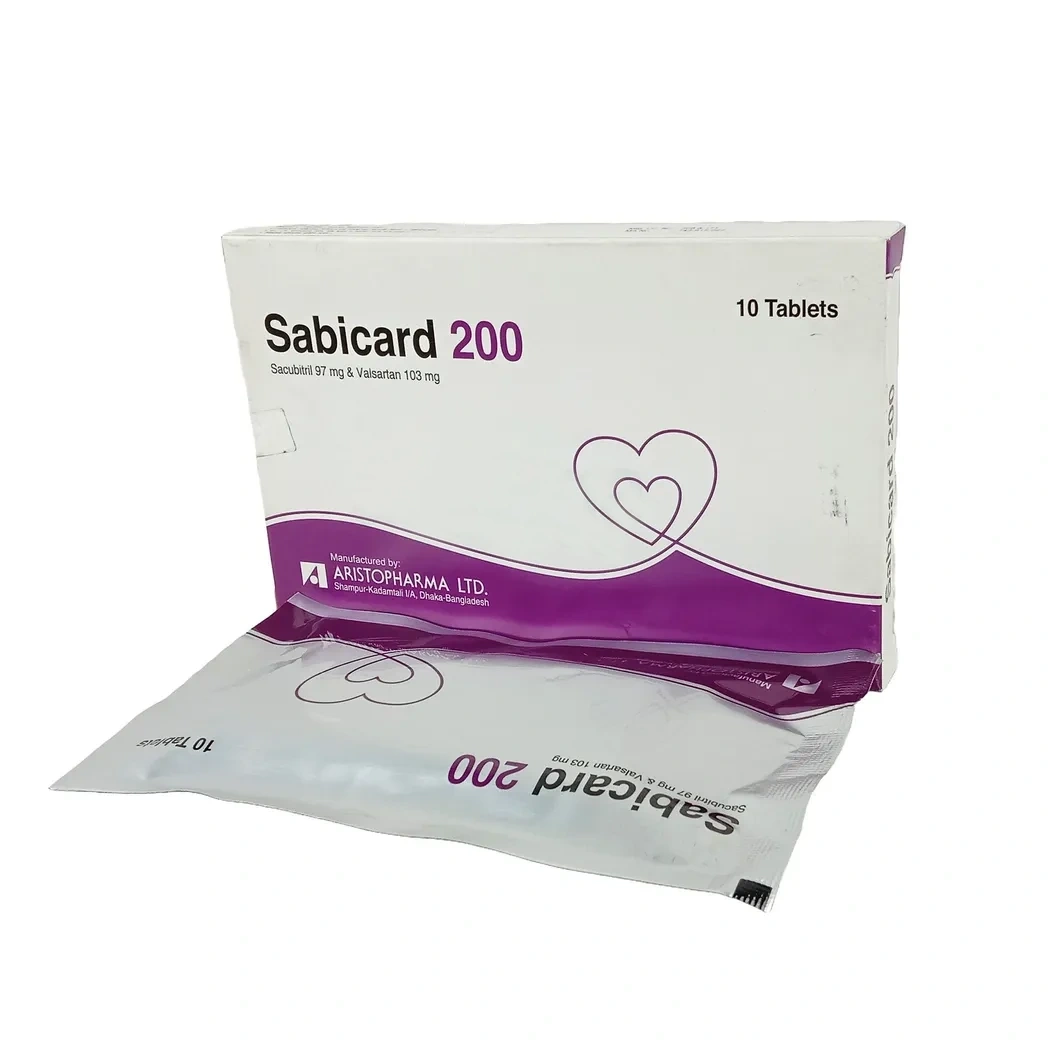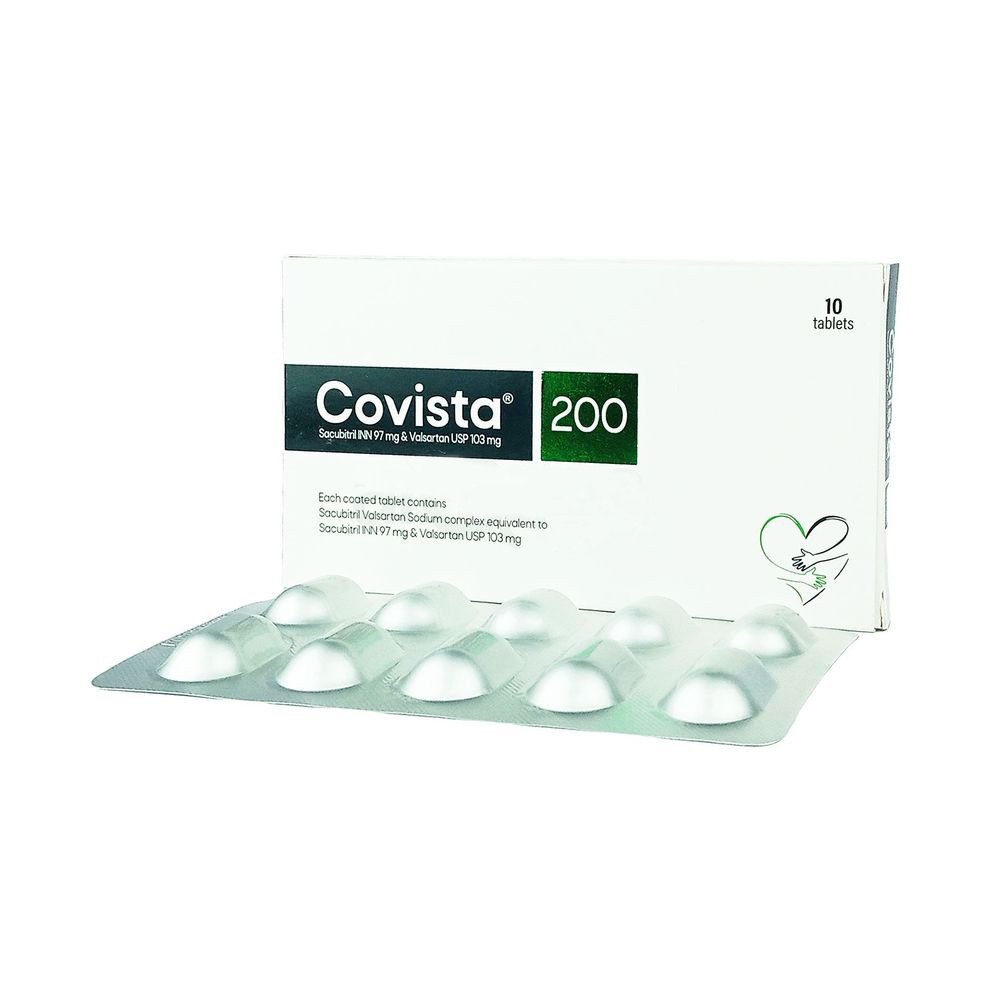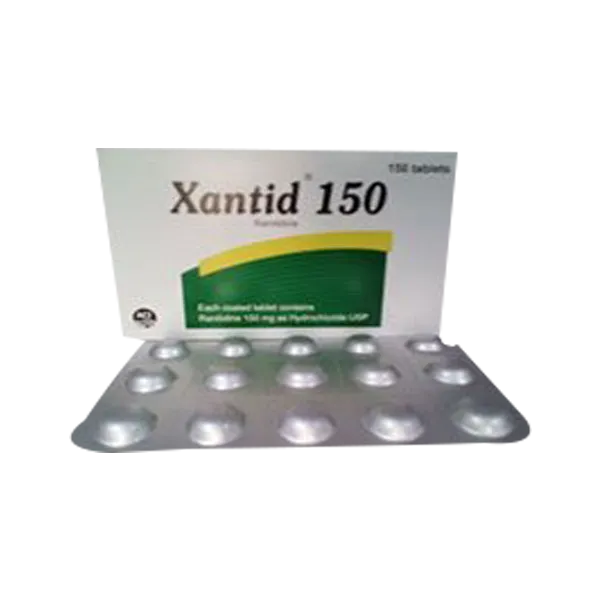Medicine Overview of Vivanta 200 97mg+103mg Tablet
Vivanta 200 is a combination medicine used to treat heart failure. It reduces the risk of hospitalization and death due to long-lasting (chronic) heart failure.
Vivanta 200 can be taken with or without food but is best taken at the same time(s) each day. Swallow it as a whole with water. Your dose, and how often you take it, will be decided by your doctor and may change depending on how well you respond to the medicine. Keep taking the tablets regularly, as they have been prescribed, and try not to miss doses to get the most benefit. Do not stop taking them, even if you are feeling well. These tablets are preventing future harm.
Some of the common side effects include cough, dizziness and feeling lightheaded. To reduce the risk of dizziness, try getting up slowly from a sitting or lying position. If these or other side effects are severe or do not go away, tell your doctor. Serious side effects are rare.
Before taking this medicine, tell your doctor if you are taking any other medicines for blood pressure or heart conditions or if you have kidney or liver disease. Also let your doctor know all other medications you are using as they may affect, or be affected by, this medicine. This medicine should not be taken during pregnancy and is not recommended while breastfeeding. While using it your blood pressure will need to be checked often and your kidney function may also need to be tested.
- Heart failure
- Cough
- Dizziness
- Orthostatic hypotension (sudden lowering of blood pressure on standing)
- Altered levels of potassium in blood
- Decreased red blood cell count
- Decreased blood pressure
- Hypoglycemia (low blood glucose level)
- Diarrhea
- Fainting
- Headache
- Nausea
- Stomach pain
- Vertigo
- Weakness
-
You have been prescribed Vivanta 200 for the treatment of of long-lasting (chronic) heart failure.
-
You should continue to stay active (light walking, stretching) and eat a healthy, low sodium diet along with taking this medication.
-
To reduce the chances of feeling dizzy, rise slowly if you have been sitting or lying down.
-
It may cause the level of potassium in your blood to go up. Avoid taking potassium supplements and potassium-rich foods such as banana and broccoli.
-
Inform your doctor if you have a history of liver or kidney diseases.
-
Do not take Vivanta 200 if you are pregnant or breastfeeding.
Heart Failure
Indicated to reduce the risk of cardiovascular death and hospitalization for heart failure (HF) in patients with chronic heart failure (CHF) (NYHA class II-IV) and reduced ejection fraction
Recommended starting dose: 49 mg/51 mg PO BID
Target maintenance dose: After 2-4 weeks, double the dose to the target maintenance dose of 97 mg/103 mg PO BID as tolerated
Hepatic impairment
Mild (Child-Pugh A): No starting dose adjustment required
Moderate (Child-Pugh B): Reduce starting dose to 24 mg/26 mg BID; double the dose every 2-4 weeks to target maintenance dose of 97 mg/103 mg BID as tolerated
Severe (Child-Pugh C): Not recommended
Renal impairment
Mild-to-moderate (eGFR ?30 mL/min/1.73 m²): No starting dose adjustment required
Severe (eGFR <30 mL/min/1.73 m²): Reduce starting dose to 24 mg/26 mg BID; double the dose every 2-4 weeks to target maintenance dose of 97 mg/103 mg BID as tolerated
Hypersensitivity to any component
History of angioedema related to previous ACE inhibitor or ARB therapy
Coadministration of neprilysin inhibitors (eg, sacubitril) with ACE inhibitors may increase angioedema risk; do not administer ACE inhibitors within 36 hr of switching to or from sacubitril/valsartan
Concomitant use with aliskiren in patients with diabetes
Combination is an angiotensin receptor-neprilysin inhibitor (ARNi)
Sacubitril: Neprilysin inhibitor; neprilysin is responsible for degradation of atrial and brain natriuretic peptide; the cardiovascular and renal effects of sacubitril’s active metabolite (LBQ657) in heart failure are attributed to the increased levels of peptides that are degraded by neprilysin (eg, natriuretic peptide); administration results in increased natriuresis, increased urine cGMP, and decreased plasma MR-proANP and NT-proBNP
Valsartan: Angiotensin II receptor type I inhibitor; decreases blood pressure and blocks vasoconstrictor and aldosterone-secreting effects of angiotensin II
Can cause fetal harm when administered to a pregnant woman; use of drugs that act on the renin-angiotensin system during the second and third trimesters of pregnancy reduces fetal renal function and increases fetal and neonatal morbidity and death (see Black Box Warnings)
Observe for signs and symptoms of angioedema; if angioedema occurs, discontinue drug immediately, provide appropriate therapy, and monitor for airway compromise
Sacubitril/valsartan lowers blood pressure and may cause symptomatic hypotension; patients who are volume-depleted or salt-depleted, or those taking diuretics, are at greater risk
Monitor renal function and potassium levels in susceptible patients (eg, diabetes, hypoaldosteronism, high-potassium diet, renal artery stenosis); dosage reduction or interruption may be required
>10%
Hypotension (18%)
Hyperkalemia (12%)
1-10%
Cough (9%)
Dizziness (6%)
Orthostasis (2.1%)
Falls (1.9%)
<1%
Angioedema, all patients (0.5%); in black patients (2.4%)














